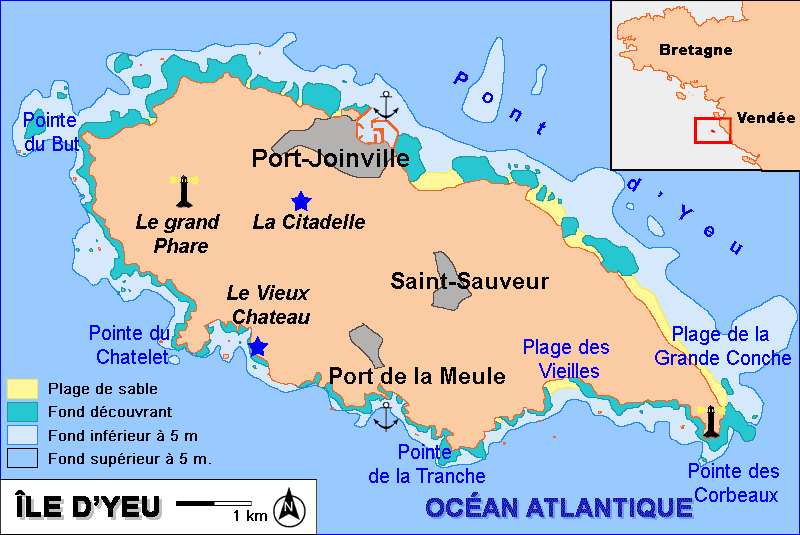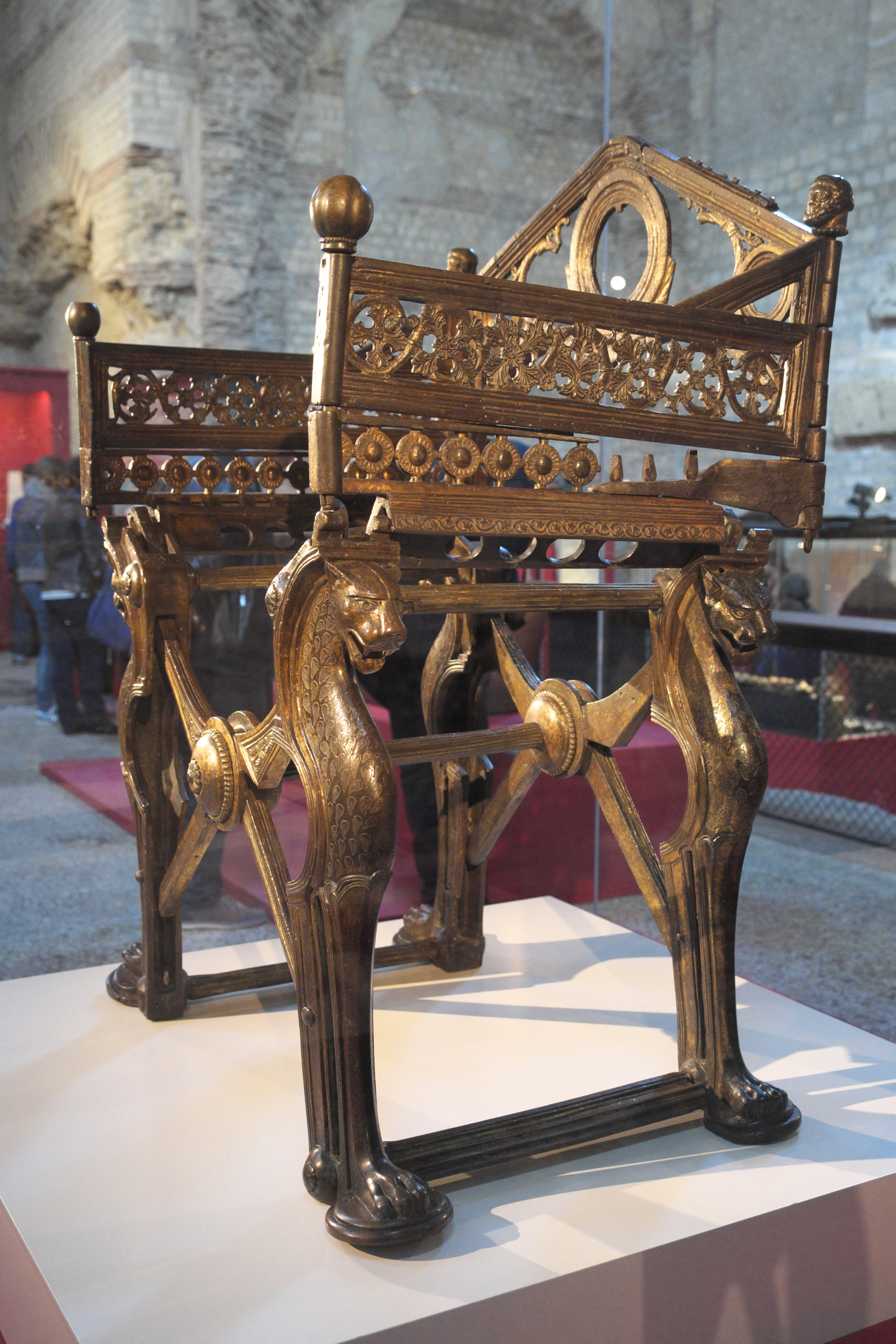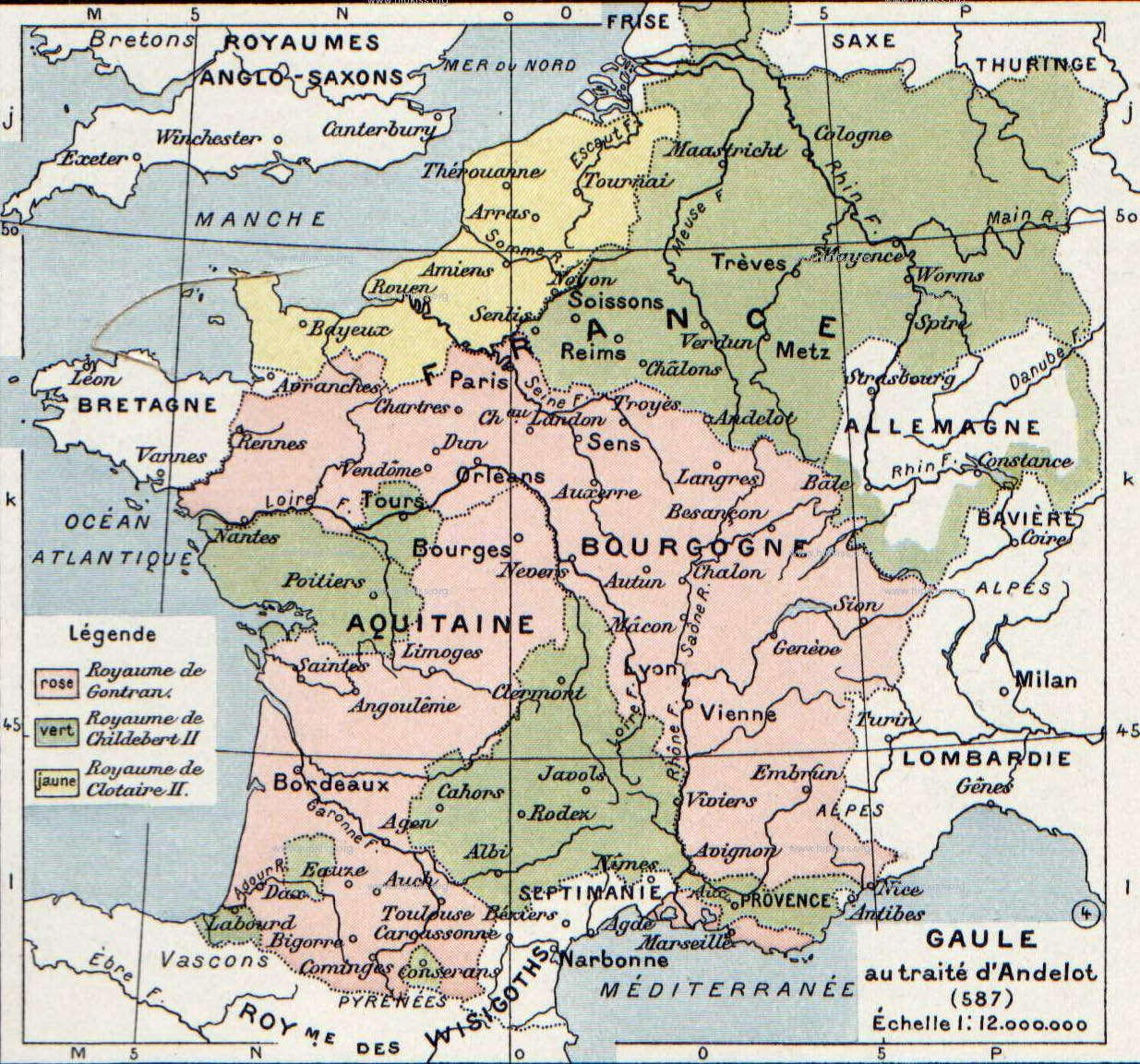|
Amandus
Amandus ( 584 – 679), commonly called Saint Amand, was a bishop of Tongeren-Maastricht and one of the great Christian missionaries of Flanders. He is venerated as a saint, particularly in France and Belgium. Life The chief source of details of his life is the ''Vita Sancti Amandi'', an eighth-century text attributed to Beaudemond ( la, Baudemundus). The vita was expanded by Philippe, abbot of Aumône. According to this biography, Amand was born in Lower Poitou. He was of noble birth but at the age of twenty, he became a monk on the Île d'Yeu, against the wishes of his family. His father threatened to disinherit him if he did not return home. From there Amandus went to Bourges and became a pupil of bishop Austregisilus. There he lived in solitude in a cell for fifteen years, living on no more than bread and water.Campbell, Thomas (1907). "St. Amandus", ''The Catholic Encyclopedia''. Vol. 1. New York: Robert Appleton Company. Humbert of Maroilles was of a noble family and t ... [...More Info...] [...Related Items...] OR: [Wikipedia] [Google] [Baidu] |
Saint Acarius
Saint Acarius (died 14 March 642) was a monk of Luxeuil Abbey, who became bishop of Doornik and Noyon, which today are located on either side of the Franco-Belgian border. Life Acarius was born to a noble family of Burgundy. He entered the Abbey of Luxeuil and was a pupil of Abbot Eustace. Audomar, future bishop of Thérouanne was a classmate. While the date of his election is not known, it is assured that he was bishop of Doornik and Noyon in 627. He was an adviser to King Clothar II. Apparently, Acarius had great influence on the spreading of Christianity in Belgic Gaul. It was Acarius that recommended to Dagobert that Audomar be appointed Bishop of Thérouanne. He was a strong supporter of the missionary Amandus, but despite his influence could not prevent King Dagobert I from banishing Amandus for chastising him. Amandus then went to Gascony. Along with Audomar and the King's counselor, Éloi, they were eventually able to persuade Dagobert to allow Amandus to return, and Aca ... [...More Info...] [...Related Items...] OR: [Wikipedia] [Google] [Baidu] |
Jonatus
Jonatus or Jonath (died ) was a Christian monk. He was a monk at the monastery of Elnone under Abbot Amandus. He served as the first abbot of the monastery of Marchiennes from 641, according to the ''Annals of Marchiennes''.. This monastery had been founded as a male community by Amandus, but Jonatus introduced nuns., at 285 and n. This took place not long after he became abbot, according to the ''Chronicle of Marchiennes''. The first nun was Rictrude. Around 652, Jonatus became the third abbot of Elnone., s.v. "Jonatus". According to one 12th-century source, he governed Elnone on two separate occasions, first before becoming abbot of Marchiennes and then holding both abbeys simultaneously while Amandus was on his third pilgrimage to Rome. He spent his later years at Marchiennes. He died on 1 August around 690 or 695., s.v. "Jonath". He is recognized today as a saint in the Catholic Church. His feast is on 1 August in the revised 2004 edition of the Roman Martyrology, but he is ... [...More Info...] [...Related Items...] OR: [Wikipedia] [Google] [Baidu] |
Austregisilus
Saint Austregisilus (Outril(le), Aoustrille) (died 624) was bishop of Bourges from 612 to 624. His feast day is 20 May. Life A native of Bourges, he was educated as a courtier, he became an attendant at the Court of King Gontram at Chalon-sur-Saône. However, Austregisilus wanted to become a monk and entered the abbey of Saint-Nizier at Lyon, where he became abbot. He was elected bishop of Bourges in 612. He ordained Sulpitius the Pious. Saint Amand studied under him.Campbell, Thomas (1907). "St. Amandus", ''The Catholic Encyclopedia''. Vol. 1. New York: Robert Appleton Company. The villages of Saint-Outrille and Saint-Aoustrille Saint-Aoustrille () is a commune in the Indre department in central France. It is named after the 7th-century Saint Austregisilus. Population See also *Communes of the Indre department The following is a list of the 241 communes of the Indr ... are named after him. References External linksSaint of the Day, May 20: ''Austregisilus of Bour ... [...More Info...] [...Related Items...] OR: [Wikipedia] [Google] [Baidu] |
Saint-Amand Abbey
Saint-Amand Abbey (''Abbaye de Saint-Amand''), once known as Elno, Elnon or Elnone Abbey, is a former Benedictine abbey in Saint-Amand-les-Eaux, Nord, France. History The abbey was founded around 633-639 in what was once a great tract of uninhabited land in the Vicoigne Forest between the Scarpe and the brook called the , from which the monastery took its first name, Elnon or Elnone Abbey. The founder was Saint Amand of Maastricht, under the patronage of Dagobert I. The name of the saint eventually became applied both to the abbey and the village that grew up round it. The abbot from about 652 was Jonatus., s.v. "Jonatus". Apart from its considerable effect on the landscape, the abbey became a major centre of study during the Carolingian Renaissance. Notable members of the community included the 9th-century writer Milo of Saint-Amand, author of a metrical dictionary of Latin long and short syllables as well as a ''Life of Saint Amand'', and his nephew, Hucbald of Saint-A ... [...More Info...] [...Related Items...] OR: [Wikipedia] [Google] [Baidu] |
Marchiennes Abbey
Marchiennes Abbey was a French monastery located on the Scarpe in Marchiennes. It was founded around 630 by Adalbard of Douai, and Irish monks, disciples of Saint Columbanus, on the advice of Saint Amand. One of its founders was Rictrude, who made it double monastery in 643. In around 1024 it became monastery of men again and adopted the Benedictine rule. On the birth of the town of Marchiennes the abbey became its economic motor until being suppressed in 1791 during the French Revolution. In 1814 all but its 1748 gatehouse was demolished. Its remains were inscribed on the inventory of ''monuments historiques'' on 17 May 1974, History The monastery was founded around 630 AD by Irish monks, disciples of Saint Columbanus and Adalbard of Douai, on the advice of Saint Amand. After the death of Adalbert I of Ostrevent in 642 AD, his widow, Rictrude, made it a double monastery with herself as the first Abbess. There are among the founders, besides Adalbaud and Rictrude, ''St. Euseb ... [...More Info...] [...Related Items...] OR: [Wikipedia] [Google] [Baidu] |
Humbert Of Maroilles
Humbert of Maroilles (died ca. 680) was a Frankish monk, abbot, and saint. He founded Maroilles Abbey. Life Humbert was born at Mézières-sur-Oise in the early 7th century. His parents, Evrard and Popita, were of the nobility. He trained as a Benedictine monk in Laon, and his family anticipated that he was destined for a successful career as a bishop. Upon the death of his parents, he returned to his estates in Mézières sur Oise to settle some inheritance issues. The fine food, comfortable accommodations, servants, hunting, and other distractions turned his mind away from monastic life. He spent many years there, until one day Bishop Amandus took him on a pilgrimage to Rome. Humbert became a disciple and companion of the missionary bishop. Humbert was also a friend of the abbess Aldegundis. Pope Martin I ordained him a missionary bishop; he worked mainly in the Low Countries. In 652, he co-founded and became the first abbot of a monastery of Maroilles Abbey. On his ... [...More Info...] [...Related Items...] OR: [Wikipedia] [Google] [Baidu] |
Île D'Yeu
Île d'Yeu () or L'Île-d'Yeu, is an island and commune just off the Vendée coast of western France. The island's two harbors, Port-Joinville in the north and Port de la Meule to the south, in a rocky inlet of the southern granite coast, are famous for tuna and lobster fishing, respectively. Administratively, the commune of L'Île-d'Yeu is part of the Vendée department and the Pays de la Loire region of France. History Neolithic markings in the native stone and an unusual concentration of megalithic dolmens and menhirs attest to the island's early sanctity. Irish monks from Bangor, County Down, dedicated their monastery on the Île d'Yeu to Hilaire; Saint Amand from Poitou received early training there, but it was destroyed by Viking raiders in the ninth century. During the tenth century, monks from Marmoutier near Tours and monks of Saint-Cyprien at Poitiers built a new monastery and dedicated it to Saint Stephen. The castle built on an islet linked to the coast by a ... [...More Info...] [...Related Items...] OR: [Wikipedia] [Google] [Baidu] |
Dagobert I
Dagobert I ( la, Dagobertus; 605/603 – 19 January 639 AD) was the king of Austrasia (623–634), king of all the Franks (629–634), and king of Neustria and Burgundy (629–639). He has been described as the last king of the Merovingian dynasty to wield any real royal power. Dagobert was the first of the Frankish kings to be buried in the royal tombs at Saint Denis Basilica. Rule in Austrasia Dagobert was the eldest son of Chlothar II and Haldetrude (575–604) and the grandson of Fredegund. Chlothar had reigned alone over all the Franks since 613. In 622, Chlothar made Dagobert king of Austrasia, almost certainly to bind the Austrasian nobility to the ruling Franks. As a child, Dagobert lived under the care of the Carolingian dynasty forebears and Austrasian magnates, Arnulf of Metz and Pepin of Landen. Chlothar attempted to manage the unstable alliances he had with other noble families throughout much of Dagobert's reign. When Chlothar granted Austrasia to Dagobert ... [...More Info...] [...Related Items...] OR: [Wikipedia] [Google] [Baidu] |
Adalbard
Adalbert I of Ostrevent (died c. 652) was a 7th-century Frankish nobleman of the court of King Clovis II of France. He is recognized as a saint, and is commemorated on both 2 February (his martyrdom) and 2 May (translation of his relics to Douai in 1221). Life Adalbald was the son of Gerberga, daughter of the magister militum Richomer and Gertrude of Hamage (died 649), who founded a nunnery at Wandignies-Hamage near Douai. According to Alban Butler, Adalbald had two brothers, Sigefrid, count of Ponthieu, and Archenald, Mayor of the Palace to Clovis II, son of Dagobert, to whom they were related. His relationship with Merovingian King Dagobert has been proposed to have been through his mother Gerberga, and her putative sister Bertrude (or perhaps Haldetrude, Clothar's first wife). However, Karine Ugé argues that the connection between Adalbald and Erchinoald is a fiction developed by the canons of Saint-Amé (Saint Amatus) at Douai to enhance a connection with Rictrude. Ada ... [...More Info...] [...Related Items...] OR: [Wikipedia] [Google] [Baidu] |
Ghent
Ghent ( nl, Gent ; french: Gand ; traditional English: Gaunt) is a city and a Municipalities of Belgium, municipality in the Flemish Region of Belgium. It is the capital and largest city of the East Flanders province, and the third largest in the country, exceeded in size only by Brussels and Antwerp. It is a Port of Ghent, port and Ghent University, university city. The city originally started as a settlement at the confluence of the Rivers Scheldt and Leie and in the Late Middle Ages became one of the largest and richest cities of northern Europe, with some 50,000 people in 1300. The municipality comprises the city of Ghent proper and the surrounding suburbs of Afsnee, Desteldonk, Drongen, Gentbrugge, Ledeberg, Mariakerke (East Flanders), Mariakerke, Mendonk, Oostakker, Sint-Amandsberg, Sint-Denijs-Westrem, Sint-Kruis-Winkel, Wondelgem and Zwijnaarde. With 262,219 inhabitants at the beginning of 2019, Ghent is Belgium's second largest municipality by number of inhabitants ... [...More Info...] [...Related Items...] OR: [Wikipedia] [Google] [Baidu] |
Clotaire II
Chlothar II, sometime called "the Young" (French: le Jeune), (May/June 584 – 18 October 629), was king of Neustria and king of the Franks, and the son of Chilperic I and his third wife, Fredegund. He started his reign as an infant under the regency of his mother, who was in an uneasy alliance with Chlothar's uncle King Guntram of Burgundy, who died in 592. Chlothar took power upon the death of his mother in 597; though rich, Neustria was one of the smallest portions of Francia. He continued his mother's feud with Queen Brunhilda with equal viciousness and bloodshed, finally achieving her execution in an especially brutal manner in 613, after winning the battle that enabled Chlothar to unite Francia under his rule. Like his father, he built up his territories by seizing lands after the deaths of other kings. His reign was long by contemporary standards, but saw the continuing erosion of royal power to the French nobility and the church against a backdrop of feuding among the ... [...More Info...] [...Related Items...] OR: [Wikipedia] [Google] [Baidu] |
.jpg)




